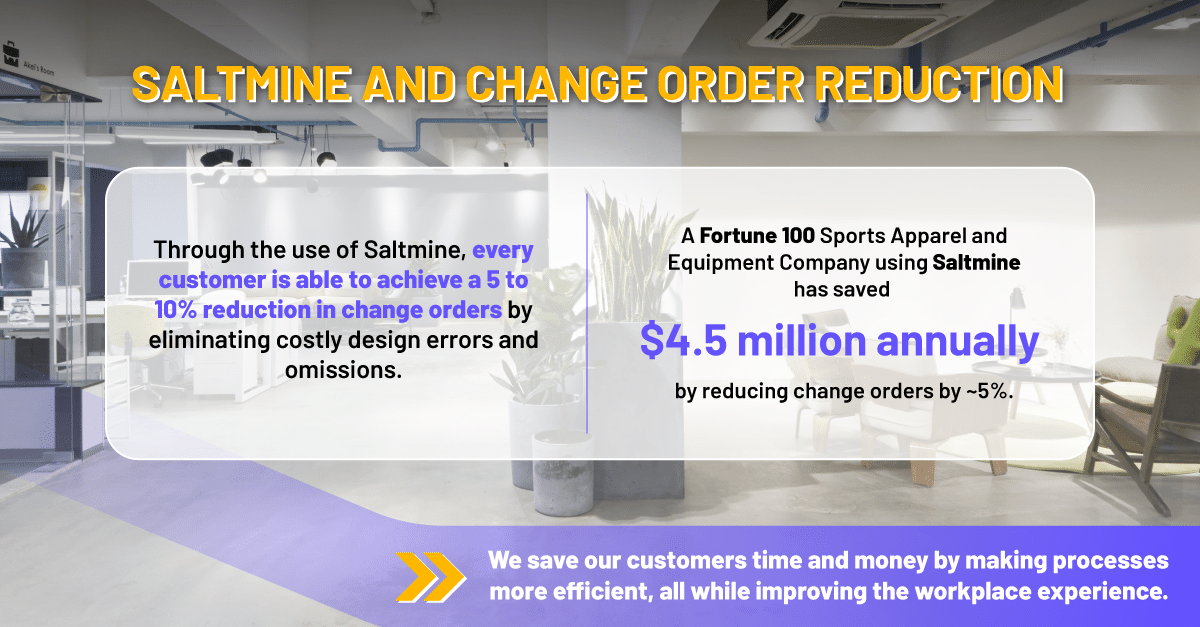Ensuring that guidelines translate into practical designs is a constant challenge. In this blog post, we will explore the challenges and ways to improve this important process for enterprise businesses.
Lost in translation: Applying workplace guidelines to designs
Turning workplace guidelines and standards into practical designs poses a significant challenge, particularly with different teams involved. The person handling the translation plays a crucial role; for instance, if the company’s internal real estate team outsources early-stage design work, the architect may not be familiar with the company’s standards.
The architect often spends considerable time learning the standards, risking misinterpretation or oversight. This challenge intensifies with project deadlines, where time is a precious commodity.
For example, if Enterprise Company X’s internal Cushman team handles the translation, they already know the standards, so the learning curve is reduced. However, this may lead to ingrained habits and oversights that don’t align with the standards’ original intent.
Unique challenges for internal workplace teams
Internal workplace teams face distinct challenges when handling workplace guidelines. While translating the strategy side is usually easier due to its data-driven nature, these teams encounter challenges during the execution phase, particularly when faced with tight deadlines.
As these internal teams grapple with these time constraints, oversights become more prevalent, leading to lost deadlines and costlier errors throughout the project. These challenges manifest in specific areas where guidelines tend to get lost.
What specific tasks or processes usually result in guidelines getting lost?
One common area where guidelines tend to get lost is in accommodating IT and AV equipment. The main parts of the standards are easy to see, like which chair goes where. But people often forget about small things, like where to plug in the equipment. The standards mention these less visible aspects, which are often overlooked.
Another important example is using different flooring in a conference room compared to the adjacent room. These finer points are frequently left out, often because they don’t need to be addressed during initial space planning.
When a project progresses and changes hands between team members, it’s challenging to track which parts of the guidelines have been considered or overlooked. Now you have a break in your process and a mismatched floor.
What workplace teams really need is a “filter” to prevent all that.
Saltmine: Your workplace guideline “filter”
Saltmine makes it easier to turn guidelines into designs without needing risky interpretation. In the past, a designer would read a document, understand it, and change it into another format such as CAD or Revit models.
Our platform provides the information in the medium the designer works in. It removes the conversion step, allowing designers to work with guidelines in their design format right from the start. This fundamental shift reduces the risk of misinterpretation and guarantees accurate designs.
It eliminates the time-consuming translation and building phases, offering designers the perfect starting point, where deviations are the only adjustments needed.
Alignment guaranteed: The Saltmine effect
Saltmine removes two critical steps from the traditional process:
- Interpreting guidelines, building the design, and changing it to fit project constraints. Saltmine provides the design based on the guidelines and eliminates extra steps.
- Saltmine simplifies translation and building, making the design process more accurate and efficient. It saves you more time by reducing endless modifications.
Tangible benefits of Saltmine
With Saltmine at the helm of your workplace design, change orders drastically decrease. Change orders are often costly and time-consuming, impacting both budget and project timelines.
In the traditional workflow, guidelines become less familiar as a project continues, causing design and construction change orders. These changes become more expensive and time-intensive to put in place as a project advances. Saltmine acts as a filter, making sure to apply guidelines correctly. This can quickly lower change orders by up to 10%, saving teams time and money.
In conclusion, it can be difficult to apply workplace guidelines when designing big workplaces. Software like Saltmine acts as a filter to simplify translating guidelines into practical designs, reducing errors, and improving capital projects.
Additionally, without software like Saltmine, construction budgets often allocate around 3.3% to errors and omissions. If there are mistakes or things missing from the contract, the owner has to pay more.
To see how Saltmine’s workplace guideline capabilities had a positive impact on a customer’s HQ capital project, download their case study with the button below (no form fill necessary):
Enjoying our blog? Be sure to subscribe to stay up-to-date on Saltmine's original content with the form below!



